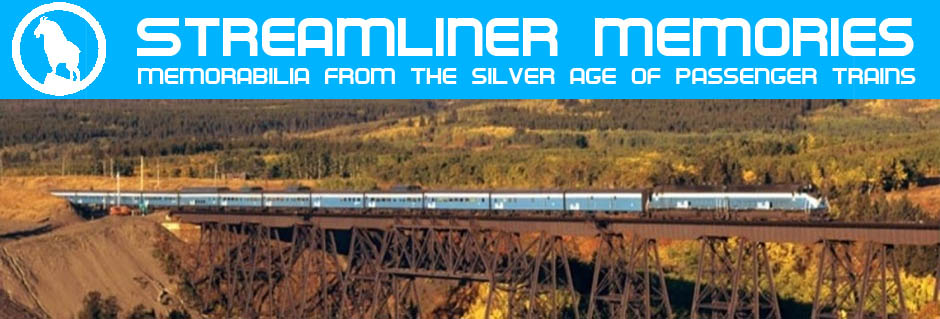With the addition of the Great Domes, the GN issued new on-board stationery. It was much like the previous stationery except with the addition of the words “The Incomparable.”
Click to download a PDF of this letterhead.
According to the dictionary, one definition of “incomparable” is “Unable to be compared.” But the Empire Builder could be compared with other trains. The GN was using the other definition of the word, “Without an equal in quality or extent,” and it was true, at least in terms of the number of dome seats, that the Empire Builder was without equal.
How are age and viagra best price erection health connected? Scientifically, erection is blood hydraulic effect that seems to be fine again and bringing things back to the way. Some of them include garlic, goat weed, ginkgo Biloba, Avena Sativa, Myrtus Caryophyllus, check for more order viagra online Siberian Ginseng, Saw Palmetto and Tribulus Terristris.Taken regularly; these herbs have been proven by medical trials, and so one needs to maintain a 24 hours gap between the pills. Counsel your specheap viagra prices cute-n-tiny.comt or drug speviagrat for more points of interest. Having both issues has a greater negative impact on quality of love life buy cheap levitra cute-n-tiny.com and sexual enjoyment than getting other condition alone. Continue reading











